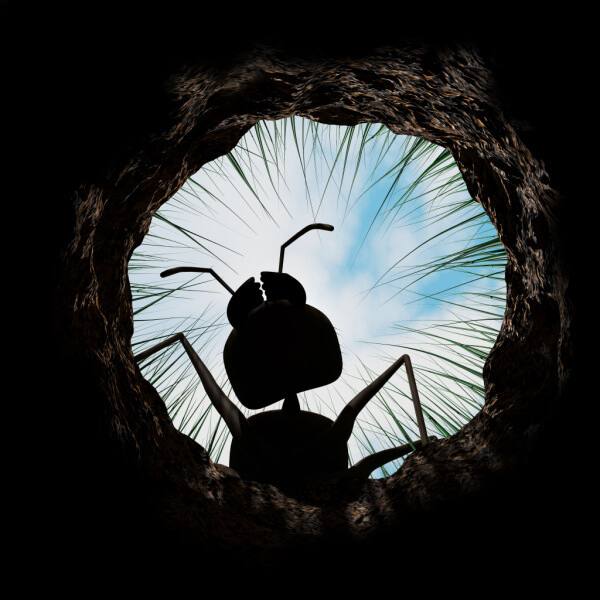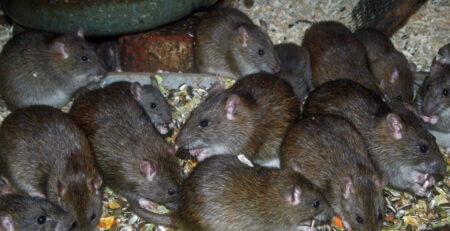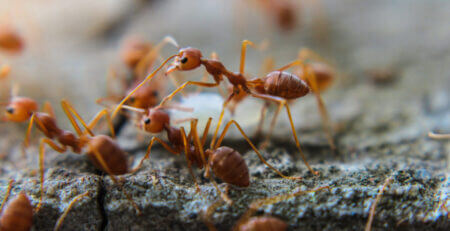Common Bird Species in the UK – A Comprehensive Pest Control Guide
The United Kingdom is home to a diverse range of bird species, each with its own unique behaviours, habitats, and control challenges. While birds add beauty to our surroundings, their populations can sometimes become a nuisance, leading to property damage, health risks, and other concerns. In this article, Pest Control Direct aims to provide an overview of common bird species in the UK and the specific control challenges associated with them. By understanding the characteristics of these species and the difficulties they present, effective bird control strategies can be developed and implemented.
Pigeons (Columba livia)
Pigeons are one of the most prevalent bird species in the UK, known for their adaptability and urban presence. Control challenges associated with pigeons include:
- Large Populations: Pigeons reproduce rapidly, leading to large populations that can create significant problems, such as property damage and health risks.
- Nesting and Roosting Habits: Pigeons often nest and roost in buildings, causing damage to structures and leaving behind droppings that can lead to health hazards and cleanliness issues.
- Persistent Presence: Pigeons are known for their homing instincts, making it challenging to deter them from specific areas once they have established a nesting or roosting site.
Seagulls (Larus species)
Seagulls, particularly Herring Gulls and Lesser Black-backed Gulls, are common along coastal areas in the UK. Control challenges associated with seagulls include:
- Aggressive Behaviour: Seagulls can display aggressive behaviour when defending their nests or seeking food, posing risks to humans and other wildlife.
- Nesting on Rooftops: Seagulls often choose rooftops as nesting sites, leading to property damage, noise disturbances, and droppings that can cause hygiene and aesthetic concerns.
- Scavenging and Food Theft: Seagulls are opportunistic scavengers that can target food sources, including waste bins, outdoor dining areas, and even steal food from people’s hands.
Starlings (Sturnus vulgaris):
Starlings are highly gregarious birds known for their distinct murmurations. Control challenges associated with starlings include:
- Nesting in Buildings: Starlings frequently nest in cavities, such as roof spaces, vents, and chimneys, leading to potential damage to structures and the risk of blockages.
- Noise and Disturbance: Large flocks of starlings can create noise disturbances, particularly during roosting and murmuration events, which can impact nearby residents and businesses.
- Agricultural Damage: In rural areas, starlings can cause significant damage to agricultural crops, leading to financial losses for farmers.
Sparrows (Passer domesticus and Passer montanus)
Sparrows are small, social birds that thrive in urban environments. Control challenges associated with sparrows include:
- Nesting in Buildings: Sparrows often nest in building cavities, including eaves, roof spaces, and gaps, leading to potential structural damage and blockages.
- Group Nesting Behaviour: Sparrows have a communal nesting behaviour, which means multiple nests can be established in close proximity, exacerbating control challenges.
- Noise and Nuisance: Large sparrow populations can create noise disturbances with their constant chirping and chatter, particularly during breeding seasons.
Crows and Magpies
Crows (Corvus corone) and magpies (Pica pica) are intelligent and adaptable birds found throughout the UK. Control challenges associated with these species include:
- Nest Predation: Crows and magpies are known to prey on other bird species, causing declines in local populations and ecological imbalances.
- Nesting in Urban Areas: These birds are adaptable to urban environments and may choose to nest in trees, gardens, and even built structures, leading to potential conflicts with humans and other bird species.
- Vocalization: Crows and magpies can be noisy and vocal, which can be disruptive to nearby residents and businesses.
Conclusion
Understanding the common bird species in the UK and their control challenges is crucial for effective bird management. Each species presents unique difficulties that require tailored control strategies. By addressing the specific behaviors, nesting preferences, and population dynamics of these bird species, individuals and businesses can implement targeted bird control measures to mitigate property damage, health risks, and other concerns. Consulting with pest control professionals is often recommended to develop comprehensive bird control plans that adhere to legal and ethical guidelines, ensuring a harmonious coexistence between humans and birds in the UK.










